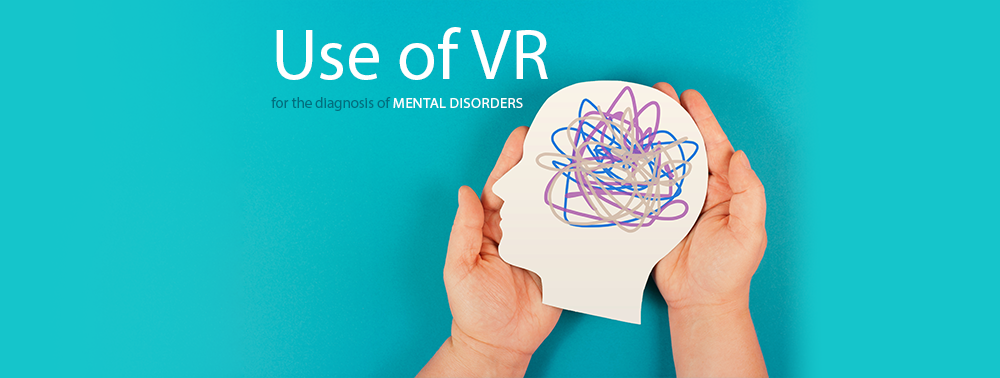
Estimated reading time: 2 minutes, 41 seconds
The use of Virtual Reality and Augmented Reality in the health area has grown year after year, which has allowed more and more research centers to carry out clinical studies with the use of these technologies to better understand diseases. . That is one of the reasons why in the last decade we can find various studies that sought to understand the scope of the use of virtual reality in the diagnosis and treatment of various mental illnesses.
There are multiple potential uses of VR focused on the study, diagnosis and treatment of different mental disorder problems and in the research area this tool is especially important. For example, experts in the treatment of mental disorders can explore situations that cause mental and/or emotional stress as if it were a real situation but providing the patient with a safe environment where the simulation can be accompanied by the health professional. This makes it easier to explore the patient’s reactions to everyday experiences that are complex and therefore need to be analyzed.

The issue of collecting information from the patient is a fundamental step in the diagnosis. Two tools that have been widely used in clinical case studies are clinical interviews and open and closed-ended questionnaires. VR has been added to these tools, which would allow greater understanding of them, due to the feeling of presence that individuals can experience in immersive environments provided by virtual reality.
In 2018 (1) a study cataloged 245 investigations in which VR was applied in the detection, diagnosis, study and/or treatment of different mental disorders. This study managed to conclude that Virtual Reality provides advantages in the search for treatments for patients with a clinical diagnosis of different disorders (anxiety, depression, schizophrenia, psychosis, eating disorders, obsessive compulsive disorder). One of them is the security it provides to the patient when facing situations that would trigger stress on a daily basis.
One of the uses of virtual reality is focused on the treatment of anxiety disorders. The great advantage of VR is the sensation of reality it provides, where the mind and body behave and react as if it were a real situation but its users know that it is a non-real computer environment. This makes it much easier to face complex situations through VR compared to those generated in real life, in addition to testing new intervention strategies, with more controlled environments, but allowing the verisimilitude of everyday experiences.

In this type of treatment, a therapy that involves VR is performed, exposing the patient with anxiety disorders to a computer-simulated environmental situation, where the senses are stimulated and seek to generate an emotional charge as in real-life situations. By having exposure to the situations where this reaction is generated to the experience offered by virtual reality, the patient is allowed to incorporate new and corrective information that generates a change in the emotion with which the situation was linked. In this way, learning linked to less abrasive emotional responses is generated as part of the treatment.
This is not only a proposal in future treatments for anxiety disorders but it is a treatment that has already been able to consolidate itself within the field of treatment of patients with social anxiety.
REFERENCES
1. Brito C., Héctor, & Vicente P., Benjamín. (2018). Virtual reality and its applications in mental disorders: a review. Chilean Journal of Neuro-Psychiatry, 56(2), 127-135. https://dx.doi.org/10.4067/s0717-92272018000200127

